
Trane vs. Lennox Air Conditioners: Which Brand Delivers More Value?
There’s a lot of information worth reviewing about Trane vs. Lennox air conditioners. The two brands are respected, but they…
Read moreCall today for a Free AC Install Estimate


There’s a lot of information worth reviewing about Trane vs. Lennox air conditioners. The two brands are respected, but they…
Read more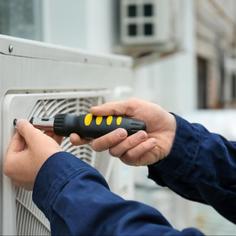
When was the last time you scheduled an AC tune-up? If you can't remember, you're probably overdue for one. Skipping maintenance…
Read more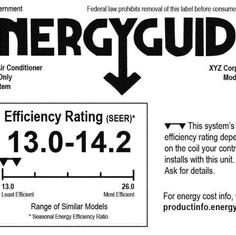
Are you in the market for a new air conditioner or heat pump? If so, you may have noticed a "SEER" rating, indicating how energy…
Read more
Is your air conditioner giving you trouble? From a lack of airflow to strange noises and odors, there are many signs that can…
Read more
Are you in the market for a new air conditioner? Maybe your current unit broke down, or perhaps it simply doesn't fulfill your…
Read more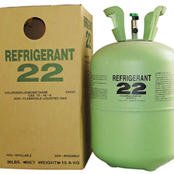
Freon is a term commonly used to refer to certain types of refrigerants used in air conditioning and refrigeration systems.…
Read more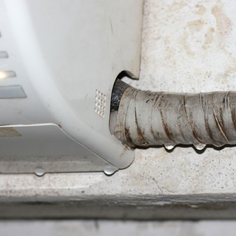
Discovering your air conditioner is leaking water can be alarming. Not only does it signal a malfunction that could affect your…
Read more
In July, Mesa's average daily temperatures exceed 100 degrees Fahrenheit, making air conditioning a necessity instead of a luxury.…
Read more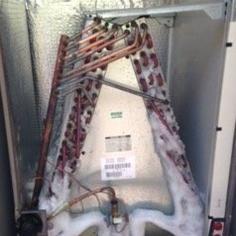
When you expect cool relief from your air conditioner on a hot day, finding it frozen can be both surprising and frustrating. A…
Read more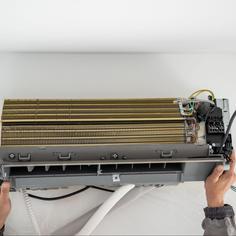
Replacing a condenser coil can cost anywhere from $900 to more than $3,000, labor costs included. If you're wondering why…
Read more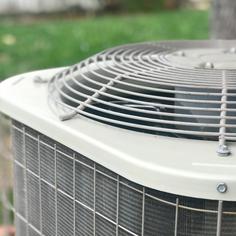
Are you dealing with an air conditioner that's making odd sounds, constantly running, or cycling on and off too frequently? These…
Read more
Experiencing strange and loud noises when you switch on your air conditioner can be both alarming and irritating. Many homeowners…
Read more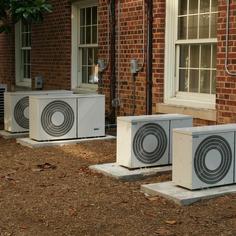
Blazing hot summer days can make lives miserable. Not only can you stay outdoors for long, but your own house becomes a hellhole.…
Read more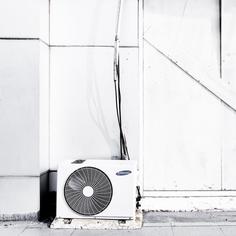
Air conditioners are the ultimate saviors in summers when you just can’t bear the heat. They keep the indoor temperatures…
Read moreHeat pumps in Gilbert, AZ make use of refrigerant to transmit heat between the outdoors and your home. When the lines of the…
Read moreThe warm months of summer bring us many great activities to enjoy. However, how is one supposed to find joy in summer when their…
Read moreArizona and the greater Phoenix area isn’t known for cold weather, quite the opposite, but that doesn’t mean you can go without…
Read moreThe most crucial maintenance job that will ensure effectiveness of your air conditioning system in Arizona is to consistently…
Read more